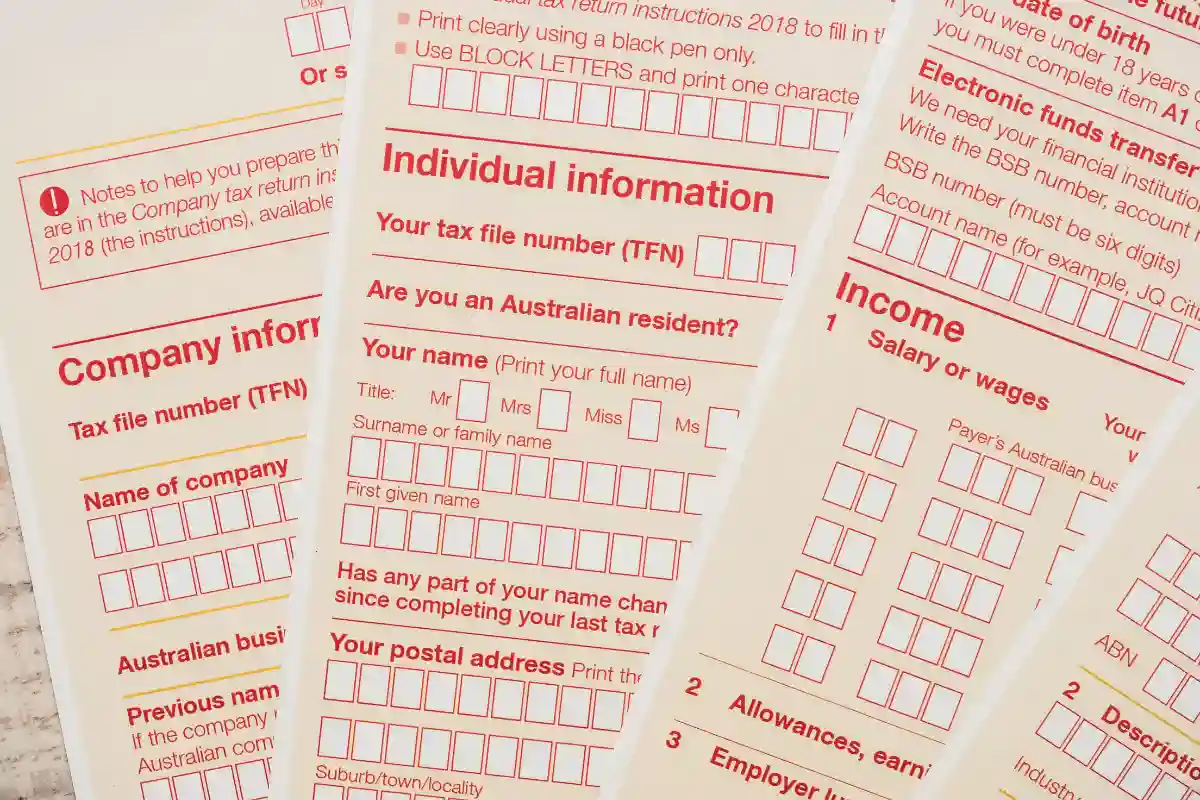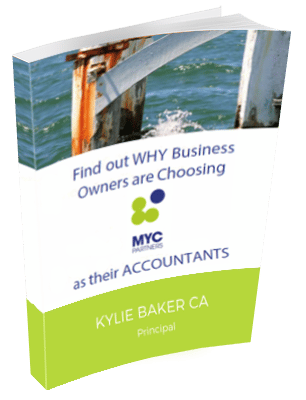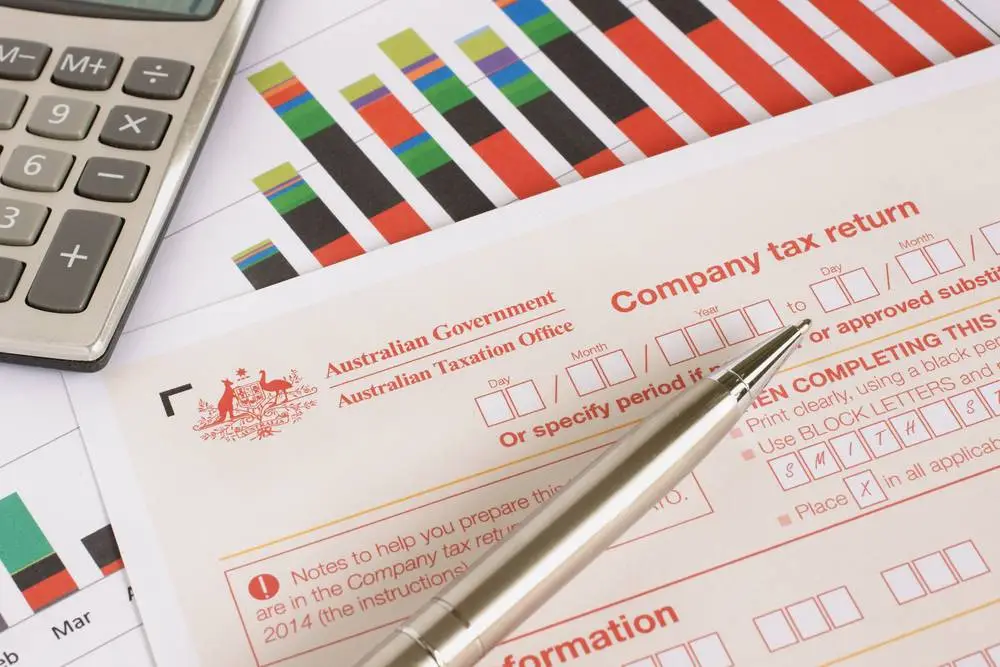
The annual tax refund is a highly anticipated event for most working Australians. For many, that means an exciting influx of cash in the form of their annual tax refund.
However, this year, many people are scratching their heads, wondering, “Why is my tax refund so low?”
It’s a common question I’ve been hearing a lot lately in my accounting practice. After all, we often rely on that healthy refund to fund indulgences like a holiday or home renovations. Unfortunately, 2023 refunds are noticeably slimmer across the board.
In this post, I’ll shed light on the major factors contributing to lower refunds this tax year. So read on to have the mysterious case of the shrunken refund decoded!
However, this year, many people are scratching their heads, wondering, “Why is my tax refund so low?”
It’s a common question I’ve been hearing a lot lately in my accounting practice. After all, we often rely on that healthy refund to fund indulgences like a holiday or home renovations. Unfortunately, 2023 refunds are noticeably slimmer across the board.
In this post, I’ll shed light on the major factors contributing to lower refunds this tax year. So read on to have the mysterious case of the shrunken refund decoded!
What is the Tax Offset and Why is My Tax Refund Affected?
The Low to Middle Income Tax Offset (LMITO) has played a major role in boosting tax refunds in recent years by providing a nice little bonus.
Essentially, it was a tax credit available to lower-income individuals and families. This tax offset aimed to reduce the burden for those earning under $126,000.
Unfortunately, the tax offset has been removed completely in 2022. The federal government has eliminated the low and middle-income tax offset entirely.
For individual tax returns covering 2022-2023, there will be no offset credit applied.
For those relying on a healthy tax return deposit, it’s certainly an adjustment and time to re-budget expectations.
Essentially, it was a tax credit available to lower-income individuals and families. This tax offset aimed to reduce the burden for those earning under $126,000.
Unfortunately, the tax offset has been removed completely in 2022. The federal government has eliminated the low and middle-income tax offset entirely.
For individual tax returns covering 2022-2023, there will be no offset credit applied.
For those relying on a healthy tax return deposit, it’s certainly an adjustment and time to re-budget expectations.
Economic Stimuli: The Rationale Behind the Offset
The Role of Tax Offsets in Income Tax
Now, you may be wondering – what’s the point of tax offsets anyway?
And why did the government introduce this one just to axe it a few years later?
Tax offsets are a tool used by the Australian government to provide economic stimuli. By reducing tax liability for certain groups of taxpayers, a tax offset puts extra disposable income in people’s pockets. This cash can then be spent to stimulate growth in the economy.
The low and middle-income tax offset specifically aimed to alleviate tax burdens for lower-income earners. While offsets add complexity to our already complex tax system, they allow strategic targeting of certain demographics. The government likely intended the offset as short-term economic relief during challenging times.
And why did the government introduce this one just to axe it a few years later?
Tax offsets are a tool used by the Australian government to provide economic stimuli. By reducing tax liability for certain groups of taxpayers, a tax offset puts extra disposable income in people’s pockets. This cash can then be spent to stimulate growth in the economy.
The low and middle-income tax offset specifically aimed to alleviate tax burdens for lower-income earners. While offsets add complexity to our already complex tax system, they allow strategic targeting of certain demographics. The government likely intended the offset as short-term economic relief during challenging times.
The COVID-19 Factor and Tax Returns
The onset of COVID-19 was a curveball that sent economies into a tailspin, and Australia was no exception. In response, the government supercharged the LMITO, boosting it to support individuals and the broader economy through turbulent times. This increase was a lifeline, providing additional financial support when it was most needed.
However, as we’ve navigated through the pandemic and the economy has begun to recover, these temporary measures have been wound back.
The result?
A return to pre-pandemic tax return norms, which, while a sign of recovery, also means a return to more modest refunds for many.
However, as we’ve navigated through the pandemic and the economy has begun to recover, these temporary measures have been wound back.
The result?
A return to pre-pandemic tax return norms, which, while a sign of recovery, also means a return to more modest refunds for many.
Medicare Levy Surcharge and Tax Deductions
Another refund-dragging change is the Medicare Levy Surcharge (MLS). Taxpayers earning over $180,000 without appropriate private hospital coverage are affected. It aims to encourage higher incomes to take out insurance, reducing demand on Medicare.
Typically, those in this bracket pay an extra 1-1.5% on top of the 2% Medicare Levy helping fund public health. But without private cover, you’re slapped with the surcharge – potentially another 1.5%.
That’s up to 3.5% extra tax when lodging returns.
For high-income professionals, the surcharge can lop thousands off anticipated refunds. A significant sting underscoring the need to understand full tax obligations. Having the right insurance matters.
Typically, those in this bracket pay an extra 1-1.5% on top of the 2% Medicare Levy helping fund public health. But without private cover, you’re slapped with the surcharge – potentially another 1.5%.
That’s up to 3.5% extra tax when lodging returns.
For high-income professionals, the surcharge can lop thousands off anticipated refunds. A significant sting underscoring the need to understand full tax obligations. Having the right insurance matters.
The Tax Implications of Holding Multiple Jobs

Navigating the tax implications of holding multiple jobs can be as tricky as a chess game. Here’s the deal: Australia’s tax-free threshold allows you to earn up to $18,200 in a financial year before paying any income tax.
Sounds straightforward, right?
But here’s the catch—if you’re juggling more than one job, it’s a whole different ball game.
You can only claim the tax-free threshold from one employer, typically the one where you earn the most money. For your other jobs, every dollar you earn is taxed from the first cent. As a result, you will be paying more in taxes, which may lead to a smaller refund at tax time.
It’s a balancing act, and if you’re not careful, you could be left wondering why your tax refund isn’t looking as healthy as you expected.
So, keep your eyes peeled and make sure you’re claiming the tax-free threshold from the right employer. It’s a simple step, but it can make a significant difference to your pocket.
Sounds straightforward, right?
But here’s the catch—if you’re juggling more than one job, it’s a whole different ball game.
You can only claim the tax-free threshold from one employer, typically the one where you earn the most money. For your other jobs, every dollar you earn is taxed from the first cent. As a result, you will be paying more in taxes, which may lead to a smaller refund at tax time.
It’s a balancing act, and if you’re not careful, you could be left wondering why your tax refund isn’t looking as healthy as you expected.
So, keep your eyes peeled and make sure you’re claiming the tax-free threshold from the right employer. It’s a simple step, but it can make a significant difference to your pocket.
The HEC Debt: A Hidden Challenge in Tax Returns
The Higher Education Contribution Scheme (HECS) Debt is an often-overlooked factor that can significantly reduce your tax refund. In this scheme, the government finances university tuition fees through a loan program.
Once your earnings surpass the repayment threshold, a portion of your tax return is allocated to settle this debt. This can be a particular concern for recent graduates who, as their salaries increase, may find themselves exceeding the moderate salary level set for the HECS repayment threshold.
As your income grows, the repayment rate escalates, which means the higher your salary, the larger the slice of your refund that goes towards repaying your HECS Debt.
Once your earnings surpass the repayment threshold, a portion of your tax return is allocated to settle this debt. This can be a particular concern for recent graduates who, as their salaries increase, may find themselves exceeding the moderate salary level set for the HECS repayment threshold.
As your income grows, the repayment rate escalates, which means the higher your salary, the larger the slice of your refund that goes towards repaying your HECS Debt.
Demystifying Tax Deductions for Higher Refunds
With shrinking tax refunds, a logical question is whether tax deductions can help recoup losses. But many misunderstand what’s valid. Employees can’t simply claim normal work expenses like clothing, commute costs or 100% of car expenses. The ATO scrutinises unusual claims, so deductions must be substantiated and tied directly to earning income.
It comes down to legitimately proving the expense is necessary for your job with evidence.
Uniforms with the company logo, job-related courses, tools and certain home office costs may qualify if you have the paperwork.
But there must be a clear, documented link between the expense and generating income. Accurate, compliant claims are crucial to enhancing your return. Know what counts, keep diligent records, and you could be looking at a healthier tax refund.
It comes down to legitimately proving the expense is necessary for your job with evidence.
Uniforms with the company logo, job-related courses, tools and certain home office costs may qualify if you have the paperwork.
But there must be a clear, documented link between the expense and generating income. Accurate, compliant claims are crucial to enhancing your return. Know what counts, keep diligent records, and you could be looking at a healthier tax refund.
The Role of Other Income in Tax Calculations
When it comes to tax time, not all income is created equal. If you’re juggling multiple streams, such as earnings from a side business or investment returns, each will be scrutinised under the ATO’s lens.
Business profits, for instance, can push you into a higher tax bracket, increasing your overall tax liability. Investment income, like dividends or interest, also adds to your taxable income, potentially nudging you into a bracket where you’ll owe more to the taxman.
It’s vital to understand these nuances because they don’t just add to your income; they amplify your tax obligations. So, if you’re enjoying varied income sources, brace for their impact on your refund – and plan accordingly.
Business profits, for instance, can push you into a higher tax bracket, increasing your overall tax liability. Investment income, like dividends or interest, also adds to your taxable income, potentially nudging you into a bracket where you’ll owe more to the taxman.
It’s vital to understand these nuances because they don’t just add to your income; they amplify your tax obligations. So, if you’re enjoying varied income sources, brace for their impact on your refund – and plan accordingly.
Conclusion: Lower Tax Refund Mystery Solved
As we wrap up, hopefully, the mystery behind shrinking tax refunds is now solved! We’ve covered several key factors at play this 2023 tax season:
If you have any other concerns about your tax refund this year, I encourage you to contact tax accountants to discuss your personal situation. With tailored professional advice, we can ensure you receive the maximum refund you’re entitled to. Don’t leave it to chance – get in touch today!
- The removal of the beneficial low and middle-income tax offset
- Potential impact of the Medicare Levy Surcharge
- Implications of having multiple jobs
- How HEC Debt repayments can bite into refunds
- Misconceptions around common deductions
If you have any other concerns about your tax refund this year, I encourage you to contact tax accountants to discuss your personal situation. With tailored professional advice, we can ensure you receive the maximum refund you’re entitled to. Don’t leave it to chance – get in touch today!







